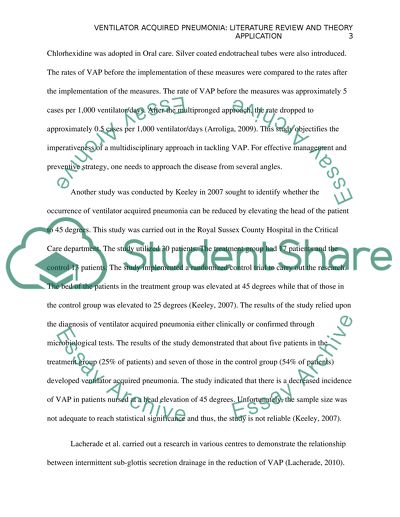Cite this document
(“Ventilator Acquired Pneumonia: Literature Review and Theory Essay”, n.d.)
Ventilator Acquired Pneumonia: Literature Review and Theory Essay. Retrieved from https://studentshare.org/health-sciences-medicine/1452123-reviewing-the-literature-and-theory
Ventilator Acquired Pneumonia: Literature Review and Theory Essay. Retrieved from https://studentshare.org/health-sciences-medicine/1452123-reviewing-the-literature-and-theory
(Ventilator Acquired Pneumonia: Literature Review and Theory Essay)
Ventilator Acquired Pneumonia: Literature Review and Theory Essay. https://studentshare.org/health-sciences-medicine/1452123-reviewing-the-literature-and-theory.
Ventilator Acquired Pneumonia: Literature Review and Theory Essay. https://studentshare.org/health-sciences-medicine/1452123-reviewing-the-literature-and-theory.
“Ventilator Acquired Pneumonia: Literature Review and Theory Essay”, n.d. https://studentshare.org/health-sciences-medicine/1452123-reviewing-the-literature-and-theory.


